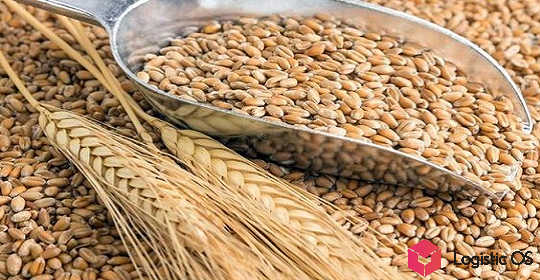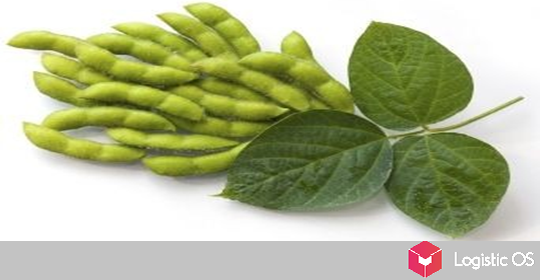According to the latest data, the grocery product assortment in July 2025 decreased by approximately 2.3% compared to July 2024.
Analysts point out that this trend may be due to retailers’ reduced activity in launching new products. Furthermore, some retailers are currently analyzing which of their existing brands are highly popular.
Accordingly, brands that fail this review are simply removed from the assortment, leading to a reduction in product selection.
Therefore, the emerging trend cannot be considered negative, as it does not lead to a real reduction in consumer choice. Experts emphasize that this is simply a reduction in the number of brand names.
It is also possible that the reduction in the number of items on store shelves may be due to their reformatting.
Small convenience stores with an area of approximately 40 square meters are becoming increasingly popular, while large hypermarkets are gradually becoming a thing of the past.
A reduction in sales floor space obviously leads to a reduction in the number of products on sale. Moreover, almost all of Russia’s most well-known chain retailers are currently pursuing this policy.
From this perspective, it’s also impossible to say that this is due to any shortage or unavailability of specific products on the market, analysts note.
Meanwhile, the situation in the non-food segment is even more complex today, as there is a massive shift of shoppers from offline stores to online. The largest reductions were in the assortment of children’s products and alcohol: by approximately 5%.
It’s highly likely that non-food retail will continue to actively migrate online. This could trigger another wave of store restructuring.
It’s possible that the range of products available for sale will be further reduced as a result. However, much depends on the specific situation and the policies of the individual store, experts say.
As for price changes, some food products are currently experiencing seasonal price reductions.
For example, potato prices in August fell by 42% compared to July, carrot prices by 31%, cabbage prices by 27%, onions prices by 24%, and beets prices by 18%.
Therefore, experts believe that overall, it’s hard to say that food products have become less affordable for consumers than they were before.

